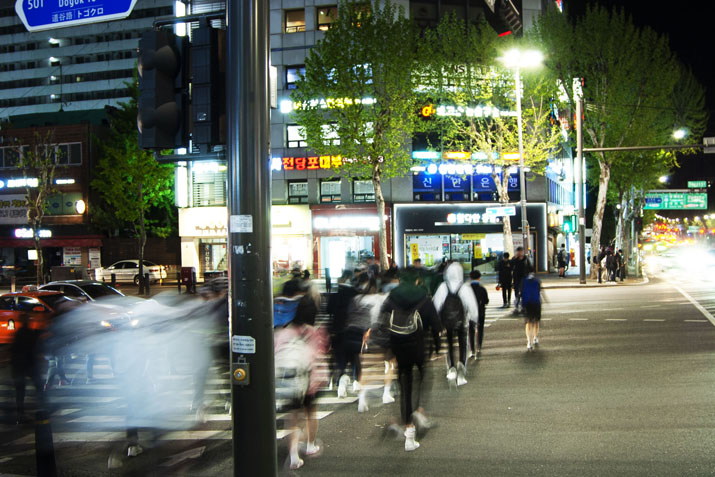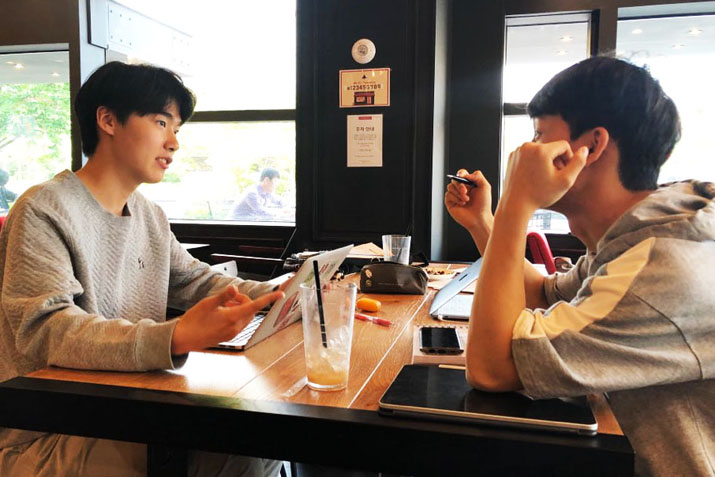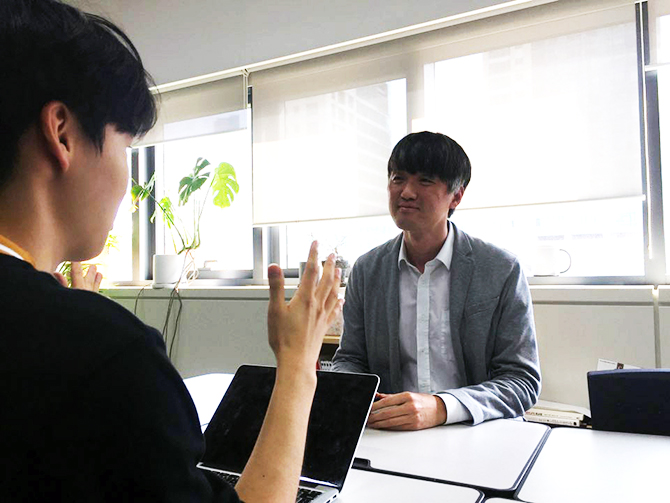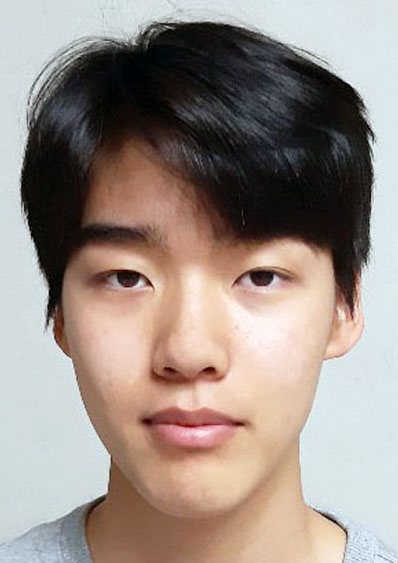As Nelson Mandela once said, “Education is the most powerful weapon we can use to change the world.” An essential aspect of life and a right that should be guaranteed for everybody, education is a system that allows adolescents to grow up into functional members of society. However, South Korea’s educational system may have turned around on itself, becoming the “most powerful weapon” against its students.
South Korea has achieved unparalleled economic development in the 64 years after World War II. Once an impoverished country predominantly focused on agriculture, the country now stands triumphantly in the 11th rank of the 2019 GDP (Gross Domestic Product) Rankings list. The exponential growth is mainly accredited to the country’s emphasis on education and stoicism, but these factors have brought another unexpected social change: an increase in suicide rates. As the only OECD (Office of Economic Cooperation and Development) country to have its suicide rate increase, South Korea stands in 4th place for global suicide rates with a crude suicidal rate of 26.9 suicides per 100,000.
Typical Western students may spend 8 hours per day at school, but Korean students usually spend 14 hours a day, in addition to cram-schools and outside educational institutes called
“Hagwons.” Students spend many hours throughout their days to get a good
score in the College Scholastic Ability Test, also known as Suneung, to get into the top three universities in Korea: Seoul National University, Korea University, and Yonsei University. These universities are collectively known around the country as SKY Universities. The majority of Korean students believe that the only way to succeed in life is to get into one of these three institutions. In addition, students assume that acceptance to these institutions is the only way to bring honor to their family, giving them a heavy burden to carry.

Some cannot handle the immense amount of pressure and take their own lives out of it. According to Statistics Korea, the number one cause of death for teenagers (10-19 years old) is suicide, taking up 30.9% of deaths in the demographic. Though it is estimated that
90% of people who committed suicide had a diagnosable psychiatric illness, the social stigma of mental issues being a sign of weakness prevents these adolescents from seeking the help they need. A recent governmental study additionally showed that suicide victims sought a diagnosis for physical symptoms such as headaches and fatigue rather than seeking treatment for mental health issues.
To get an insider’s view on the topic of education in South Korea, Joon Seok Kang, an
To get an insider’s view on the topic of education in South Korea, Joon Seok Kang, an
Ex-Korean School Student who is now a senior preparing to study abroad, provided insight on the topic.

Q: What is your opinion on the educational system of South Korea?
A: It’s somehow set to be the best in the world, but for the students, it is not.
Q: Where do you think the emphasis on education and getting into good colleges come from in Korea?
A: Because Korea has been going through rapid social advances unlike other Asian countries, the focus on education is much stronger, as it was the only way to “survive.”
Q: What is your take on hagwons and cram-schools?
A: I’m not too fond of them. They are one of the reasons why students are working so hard: everybody competes with each other. If one person has an advantage over someone else, the other person is bound to try and catch up.
Q: What is your opinion on Suneung?
A: It's supposed to be the most accurate depiction of one’s academic prowess, but I’m not sure if it is. Most of the problems are basically based on memory so does it really reflect one’s academic capabilities? I don't know.
Jaemin Chung, a Korean teacher at Chadwick International who used to teach within the
Korean education system, provided deeper thought in its advantages and drawbacks.

A: If you assess the Korean education system on how well it’s helping its students adapt to Korean society, it’s somewhat successful. Regardless of whether students like it or not, the Korean education system allows its students to experience the preferred ideals of a functioning member in South Korea. South Korean society, as many says, is highly competitive. The population is quite large relative to the country’s size, we rely on exports as we don’t have an abundant supply of resources, and there aren’t as many job opportunities when compared to foreign lands either. That’s why it’s so competitive: because there are limited resources and opportunities. The Korean education system, therefore, helps its students become more efficient people. Those who can survive that kind of competition can learn, adapt to, and overcome such societal norms.
On the other hand, it doesn’t seem to be as effective when it comes to helping students develop their own identity and realize their dreams. An outstanding characteristic of the Korean education system is the fact that both scores and ranks are measured. An absolute evaluation system isn’t used, rather a curved one. It doesn’t matter if you’re doing well or worse compared to a given standard. Rather, what matters is if you’re doing better than the person sitting next to you. Schools are social institutions. As it is a place to prepare students to function well in society, it naturally follows the nation’s societal norms. Since the cultural and economic standards have significantly risen compared to the past, it thankfully seems like this recurring pattern is slowly changing directions.
Q: What are your thoughts on the hagwon system of South Korea?
Q: What are your thoughts on the hagwon system of South Korea?
A: I believe that the fundamental purpose of hagwon is beneficial. The fact that school is a type of public education means that it doesn’t take individual differences amongst students into account. Hagwons can consider these individual differences and provide new insights and perspectives on the same field of study.
However, I believe that the current structure of hagwons reverses the role between itself and its students. How many students sitting down in those hagwons do you think, chose to go there by themselves while keeping a clear goal in mind? Adults may believe that students are not capable yet of thinking of such things and that parents should guide them and take responsibility for their choices.
The disappointing thing about hagwons is the unfair structure of how students are
studying ahead of their appropriate material to stay ahead of the class. The material taught in school is a concentration of knowledge and experience from the previous generations. Therefore, the answers that students may be seeking might already be within the school curriculum. I believe giving students opportunities to explore the process of learning is more important than teaching academic material in advance. Letting the students explore on their own will keep them interested in the future, allowing them to search for new answers in their own lives. Allowing students to experiment on their own, allowing them to learn through mistakes and failure is what hagwons miss out. Considering this, I think hagwons can become better if they provide the flexibility that schools could not offer to their students.
Q: What is your opinion on Suneung?
A: Before Suneung, there was another scholastic aptitude test called HakRyukGoSa, and it only questioned students for their knowledge, not for their understanding. Suneung was a more improved version of this past test, examining the level of understanding as well. This is the reason why I quite like the earlier structure of the Suneung test. Rather than merely filling out the blank based on whatever you remember, it asked for more in-depth information. However, as the cost for grading these types of problems is far too costly, the test format was converted into multiple choice. This, I believe, is the most significant limitation of the Suneung test: asking for understanding from a given set of answers.
I, therefore, believe that the constant decrease in the population growth rate has some positive outlooks. If fewer students are taking the exam, the cost for grading those exams would naturally decrease as well. This could lead to the integration of short-answer problems, allowing students to collect their thoughts and write them down.
Q: Cultural norms have definitely influenced the mindset of students. Do you think there’s a way to relieve stress for students through both cultural and policy means?
A: Korean students have to face a burdensome amount of social pressure. Starting with their parents, their family, then the school, students continually practice advancing into the next level of society. When the amount of social pressure gets too high, some might downright deny moving on to the next level. Excelling in a particular subject doesn’t define a good person, and lacking proficiency in one doesn’t define a bad person. Being good or bad at academics and being a good or bad person are distinct values. Although the Korean educational system offers an alternate method to Suneung similar to an Early Admission, more emphasis is put on the college scholastic ability test and core subjects. Students are therefore left to judge themselves by comparing themselves to those around them. I wish they could judge themselves fairly, considering other things rather than just academics. I wish students could lay down in bed before they go to sleep and think to themselves, “Oh, I struggled in English today, but I did well in P.E. and led our team to victory. I also enjoyed talking to my friends during club activities. That’s right. I’m a good enough person. Even when I got out to society, I’m going to get help in these areas from others and give help in these areas.” I think students will be happy if they could go to sleep in this mindset. Students not only learn academic material, but also learn how to take in that information in a certain way. That’s why the public carries a big responsibility for stress and depression amongst students: it enforces the social norm of judging through a single, narrow perspective. I believe helping students find their direction in life by shaping society into one that views its members in a variety of perspectives and values will help relieve the stress these students are feeling.
“Academics are important, but there are many things out there in the world that someone should experience other than education,” Joon Seok added. “Many students sprint towards college acceptance while blinded by education, but it’s what they do outside of school that truly makes them who they are.”

Brian (Hyunje) Park
Grade 11
Chadwick International
By Brian (Hyunje) Park

